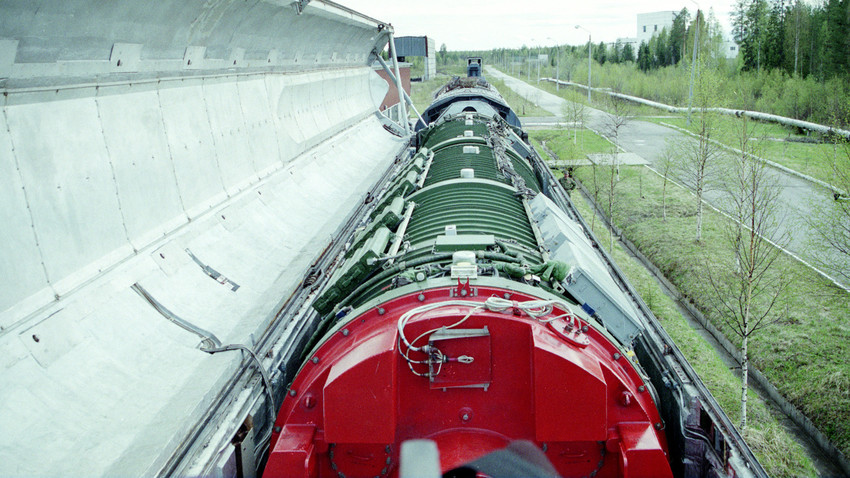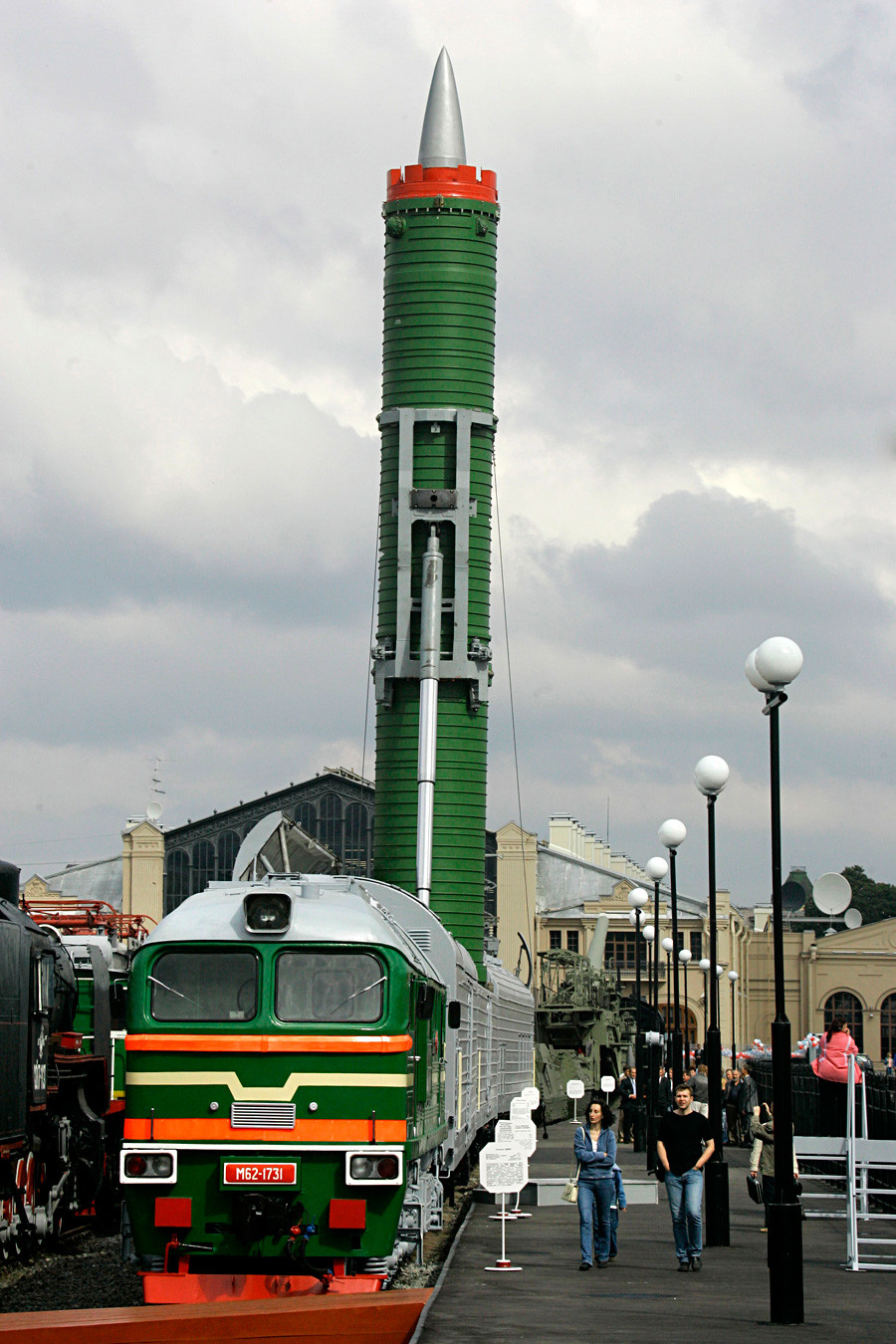Why did Russia put its nuclear-armed railway system on the backburner?

Russia's military spending has been slashed putting its weaponized train plans in jeopardy.
Strategic Missile Troops of Russian FederationThe economic crisis has taken its toll on Russia’s rearmament program. Instead of
Several perspective arms programs have been put on ice or scrapped completely, including a rail-based intercontinental ballistic missile (ICBM) system coined “Barguzin.”
However, a military source told Russia Beyond that the in the future some of the projects may eventually materialize after Moscow completes its other ICBM programs: “Sarmat,” “Voevoda,” and “
What is ‘Barguzin’

Train-mounted RT-23 intercontinental strategic missile
APDevelopment of the railway missile system started in 2013 following approval by President Vladimir Putin. Six launchers were earmarked for each complex and were due to be armed with solid-fuel “
In total, the government
On paper, the carriages look like a typical train allowing the ICBM to travel under the radar. From 1984 to 2007, Russia used a previous generation system comprising 12 trains carrying three types of “Molodets” strategic missiles. However, this system had its flaws.
‘Barguzin’s’ father
The previous train-based weapons system’s
This forced arms manufacturers to create a lighter ICBM system for the railway deployment, as well as a new type of composite material to hide the trains from enemy radar.
When will we see “Barguzin” in operation? No one can say, but don’t write it off just yet.
If using any of Russia Beyond's content, partly or in full, always provide an active hyperlink to the original material.
Subscribe
to our newsletter!
Get the week's best stories straight to your inbox